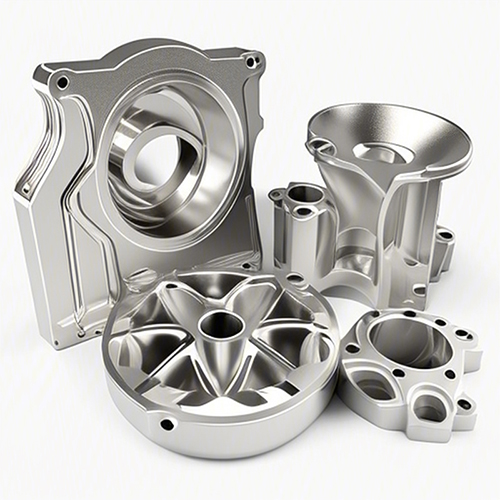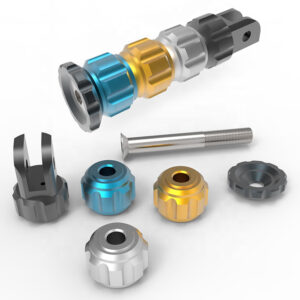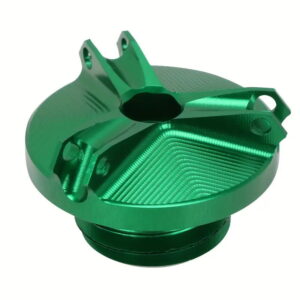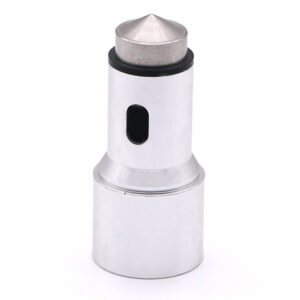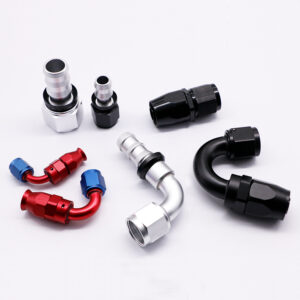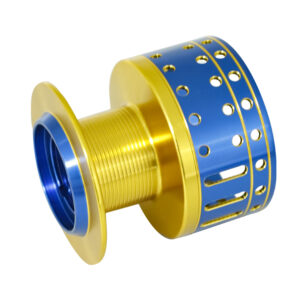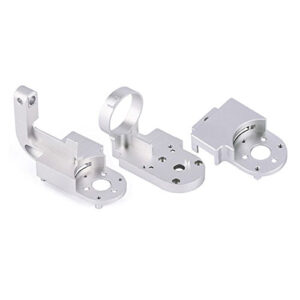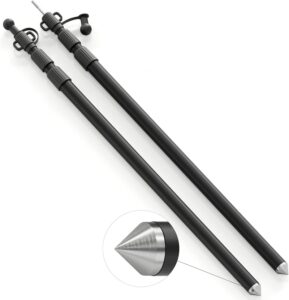Stainless steel, known for its corrosion resistance, durability, and aesthetic appeal, is a popular material in various industries, including aerospace, automotive, medical, and food processing. The demand for precision components made from stainless steel has led to the evolution of machining techniques, particularly in the realm of CNC machining. This article delves into the intricacies of 5-axis CNC machining of stainless steel, exploring its applications, advantages, challenges, and the latest industry trends.
Understanding Stainless Steel and Its Machinability
Stainless steel is an alloy of iron, carbon, and at least 10.5% chromium. The addition of chromium provides resistance to staining and corrosion. When it comes to machining, stainless steel presents unique challenges due to its hardness, strength, and tendency to work-harden. However, with the right approach and techniques, stainless steel can be machined effectively to create high-quality components.
The Evolution of CNC Machining: From 3-Axis to 5-Axis
CNC machining has evolved from 3-axis to 5-axis technology, offering increased flexibility and precision. While 3-axis machining is limited to movements along the X, Y, and Z axes, 5-axis machining adds two rotational axes (A and B), allowing the cutting tool to approach the workpiece from any angle. This capability is particularly beneficial for stainless steel, as it enables the creation of complex geometries and intricate details with minimal setup times and improved surface finish.
Applications of 5-Axis CNC Machining in Stainless Steel
The versatility of 5-axis CNC machining makes it ideal for stainless steel components requiring high precision and complex shapes. Some applications include:
- Aerospace Components: Precision parts like turbine blades, engine components, and structural parts benefit from the intricate detailing possible with 5-axis machining.
- Automotive Sector: Complex components such as cylinder heads, intake manifolds, and prototypes can be crafted with ease.
- Medical and Dental Industry: Precision implants, prosthetics, and surgical tools require the accuracy and detail that 5-axis machining provides.
- Artistic and Sculptural Works: The ability to machine complex curves and shapes makes 5-axis CNC machining a choice for creating artistic pieces.
Advantages of 5-Axis CNC Machining Stainless Steel
- Enhanced Precision and Accuracy: The multi-axis movement ensures better tool engagement, reducing vibration and improving the surface finish.
- Reduction in Setup Time: Minimizing the need for repositioning the workpiece leads to increased productivity and reduced lead times.
- Increased Tool Life and Efficiency: Constant tool orientation during machining reduces wear and tear, extending the life of cutting tools.
Challenges and Solutions in Machining Stainless Steel
Despite the advantages, machining stainless steel presents challenges:
- Work Hardening: Stainless steel’s tendency to work-harden can increase tool wear. Using specialized cutting tools and optimizing cutting parameters can mitigate this issue.
- Heat Generation: The low thermal conductivity of stainless steel can lead to overheating. Employing high-pressure coolants and proper cutting speeds can manage heat effectively.
- Chip Management: Long and stringy chips are a common issue. Utilizing pecking and chip-breaking cycles during drilling, along with proper tool selection, can improve chip evacuation.
Industry Trends Shaping Stainless Steel CNC Machining
The CNC machining industry is witnessing several trends that impact stainless steel machining:
- Automation and Robotics: The integration of automation and robotics is increasing efficiency and reducing human error in the machining process.
- High Precision Machining: Advanced CNC machines are capable of achieving extremely tight tolerances, meeting the demands of industries like aerospace and medical.
- Sustainability: There is a growing focus on sustainable practices, including the use of renewable energy sources to power CNC machines and recycling of machining waste.
Conclusion
5-Axis CNC machining of stainless steel is a sophisticated process that offers significant advantages in terms of precision, efficiency, and the ability to create complex components. As the industry continues to evolve, embracing trends such as automation, high precision, and sustainability will be crucial for meeting the challenges and demands of machining stainless steel. By staying ahead of these trends, manufacturers can enhance their capabilities and deliver high-quality stainless steel components that meet the exacting standards of their respective industries.

